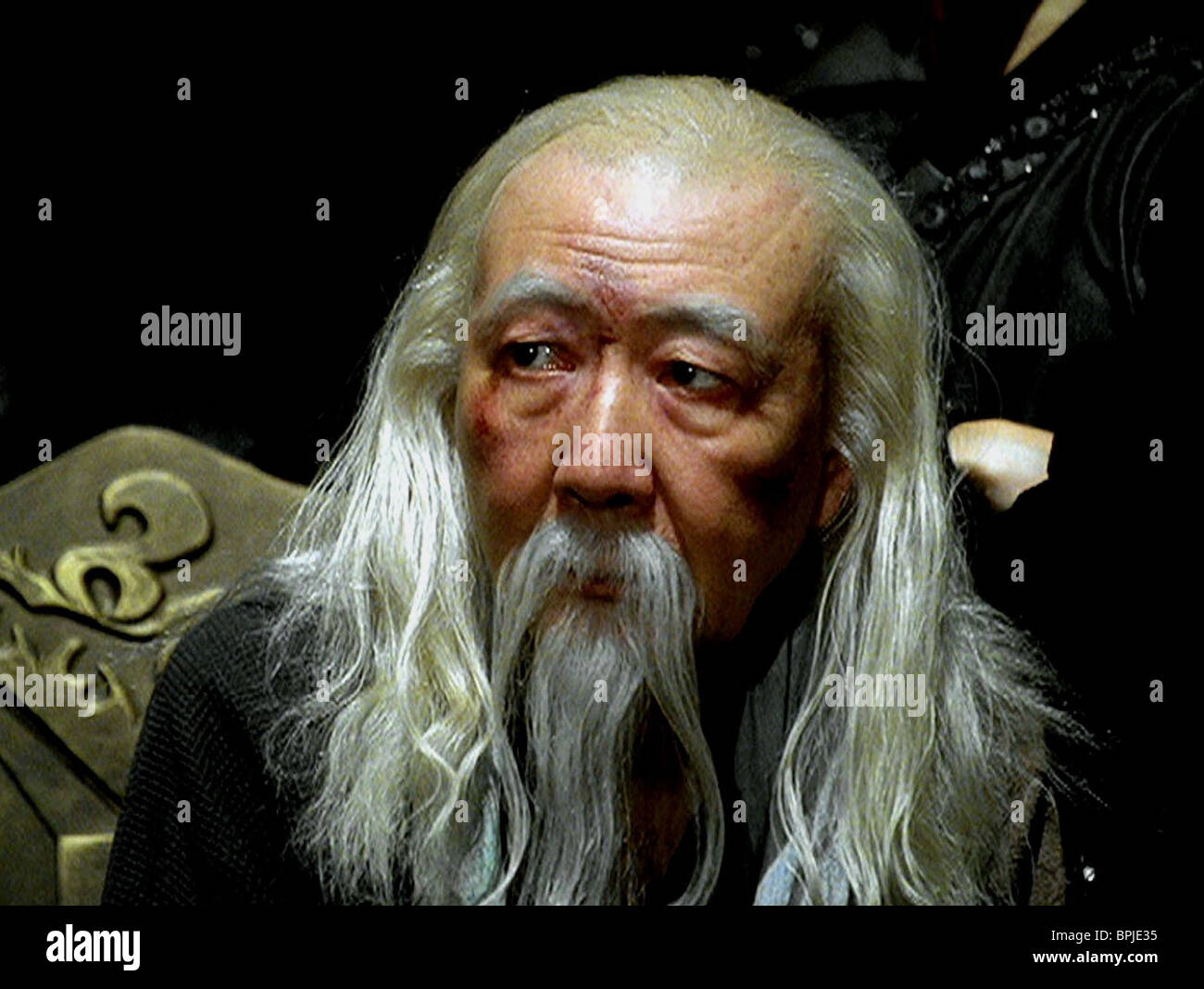

As notes from a 1981 brainstorming session between George Lucas, Steven Spielberg and Lawrence Kasdan revealed, they were chiefly inspired by the movies they grew up on, such as King Kong, The Treasure of the Sierra Madre and the thrilling Republic serials of the 1940s and 50s. Rather than actual history, though, the real origins of this genre lie in movie history, and in particular, that Magellan of archaeological adventuring, Indiana Jones. She was modelled on Evelyn Beauchamp, daughter of Lord Carnarvon, financier of Howard Carter’s Egypt excavations that discovered Tutankhamun’s tomb. In The Mummy movies, Rachel Weisz plays a bookish (but surprisingly athletic) 1920s Egyptologist named Evelyn Carnahan. Tomb Raider’s Lara Croft is of a similar pedigree: the well-educated daughter of a wealthy, aristocratic British archaeologist. In Jungle Cruise, Emily Blunt is a posh, surprisingly athletic English botanist in the 1910s. So many of these movies refer to history for their myths and MacGuffins, particularly the British empire.

So not such a “brand new” story after all. His arch-rival in the race to find Magellan’s treasure is a descendant of the Spanish family that originally funded Magellan.

(There is little discussion about where Magellan might have acquired such riches, or who its rightful owners might be.) Holland’s character is Nathan Drake, son of an American archaeologist and self-proclaimed descendent of Francis Drake, England’s own 16th-century imperialist plunderer. According to the film, his booty-laden ships are still out there, somewhere in the Philippines. The treasure in question here is that of Portuguese explorer Ferdinand Magellan, who led an expedition that circumnavigated the globe in the name of the Spanish empire 500 years ago. Uncharted is primarily unchallenging popcorn fare, but as with so many treasure-hunt movies, its connections to the real history of colonial plunder are barely disguised. Last year, the Belgian government agreed to return some 2,000 “stolen” artefacts to Congo, and Unesco urged the British Museum to return the Parthenon (AKA Elgin) marbles to Greece. Institutions in Europe and the US have begun returning looted artefacts, such as the Benin Bronzes, which were taken from Nigeria by the British in 1897. In real life, however, the direction of travel is now more in the opposite direction. As anyone who has visited a European or American museum in the past century will know, this is not pure fiction.

There’s no way round it: these are stories of white people travelling to lands populated by non-white people and stealing their stuff. But it is also a narrative with a legacy. A fifth instalment of Indiana Jones is halfway through shooting.Ĭlearly, this is a formula that works. Next month we will be getting The Lost City, with Sandra Bullock and Channing Tatum questing in Central America.


 0 kommentar(er)
0 kommentar(er)
